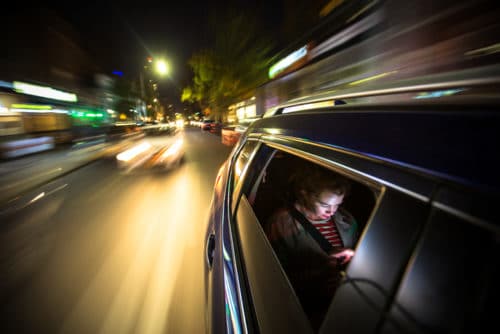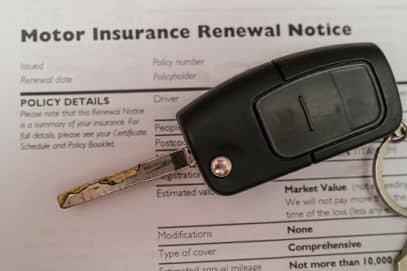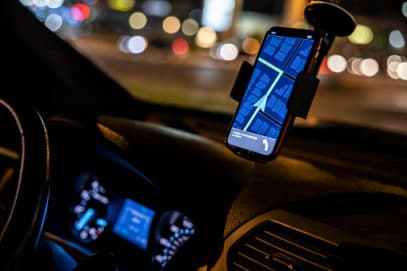Ride Sharing Danger: The Risks of Using Uber and Lyft
While ride sharing is convenient and continues to grow in popularity, questions remain unanswered and the dangers of ride sharing. Most read the news reports of the murder of Samantha Josephson, University of South Carolina student, who was murdered when she called an Uber for a ride home, but got into the wrong vehicle. It was not an isolated incident as more and more crimes are being committed by ride share drivers.
The Alarming Statistics of Ride Sharing Incidents
In fact, in its first ever safety study, Uber identified reports of 3,045 sexual assaults in the United States in 2018, nine murders, and 58 individuals killed in car accidents. Lyft has yet to report similar data, though there have been multiple lawsuits filed against Lyft drivers for sexual assault.
Among the growing safety issues may be the fact that Uber and Lyft vehicles are not easily identifiable when compared to taxis and other car services. In many instances, their online background checks fall short when compared to requirements for taxi drivers and car services where fingerprints and criminal databases are used to ensure customer safety. Of course, that isn’t all, let’s explore the most common risks of using ride sharing apps like Uber and Lyft.
Understanding Ride Sharing Apps
While each ride sharing app is unique, they do work with similar concepts. Nearly everyone can qualify as a driver, but each ride sharing service has its own unique set of minimum standards for drivers and vehicles.
Potential Passengers view available drivers on the app of their choosing and request a ride. Generally, apps then display the driver’s arrival time and route, as well as his or her name, photo, and vehicle information. For every ride completed, the driver is paid after the ride sharing service takes its cut.
Ride Sharing Regulations, Laws, Liability, and Insurance
Problems arise when it comes to local laws and regulations and how they apply to ride sharing services, as well as liability and insurance coverage if an accident occurs. For example, taxis are regulated by the locality in which they operate, but in most cases, those regulations don’t apply to ride sharing services. Recently, states have begun to enact laws setting standard regulations as well as insurance requirements and liability guidelines for ride sharing services.
Another risk involved is a dangerous one, since your ride may not be fully insured with a ride share service. This means you may save money on the ride, provided you reach your destination safely, but what if there is an accident and you are injured?
Because ride share drivers use their vehicles for personal and business travel, insurance coverage can be difficult to decipher. Each service is different, but in general, when drivers are not accepting rides, their personal car insurance is primary. When the ride sharing app is on, but the driver has not accepted a ride, ride sharing services provide contingent liability if the driver’s insurance does not offer coverage. When a passenger has been picked up by a driver, the ride sharing services coverage is primary until the ride is complete.
Legal Responsibilities and Risks When Using Ride Sharing
When you chose to ride with a driver in a vehicle via a ride share app, you are agreeing to the service’s terms and conditions, as well as putting yourself in the hands of the driver or ride sharing insurance company should an accident or incident occur. Depending on the insurance coverage and the service you chose, if an accident occurs you might find you are liable for damages unless you take the driver and/or the ride share service to court.
Unlike taxis or professional car services, ride sharing drivers often lack any professional training. Most ride share drivers use their personal cars and operate within the ride share service on a standard driver’s license. Without certification and professional training, the ride share driver doesn’t offer the level of protection you would get with a professional driver in challenging driving conditions or weather events.
Call Gold Shield Transportation for a Safe Professional Ride
Why risk the dangers of using Uber, Lyft, or other ride sharing services when you can call on the professionals at Gold Shield Transportation for all your transportation needs. With a fleet of 75 vehicles, Gold Shield promises the latest in vehicle safety with professionally trained drivers to get you to and from your destination.
Gold Shield offers transportation options for large and small groups as well as single riders, utilizing fleet vehicles which include luxury town cars, vans, SUVs, limousines, shuttle buses, and vintage vehicles for special occasions. Whether you need a ride to the airport, transportation to a corporate, or special event, the team at Gold Shield is ready to get you where you need to go safely and securely. Call today for more information.
Related Posts
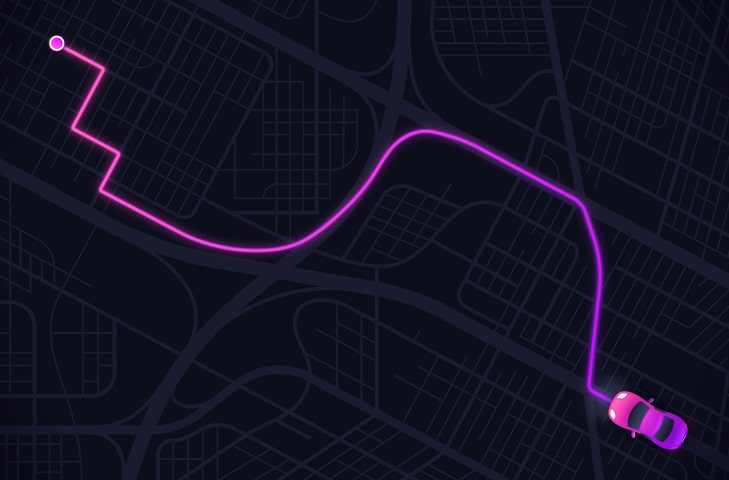
Ride Sharing Danger: The Risks of Using Uber and Lyft
While ride sharing is convenient and continues to grow in popularity, questions remain unanswered and the dangers of ride sharing. Most read the news reports of the murder of Samantha…Read More
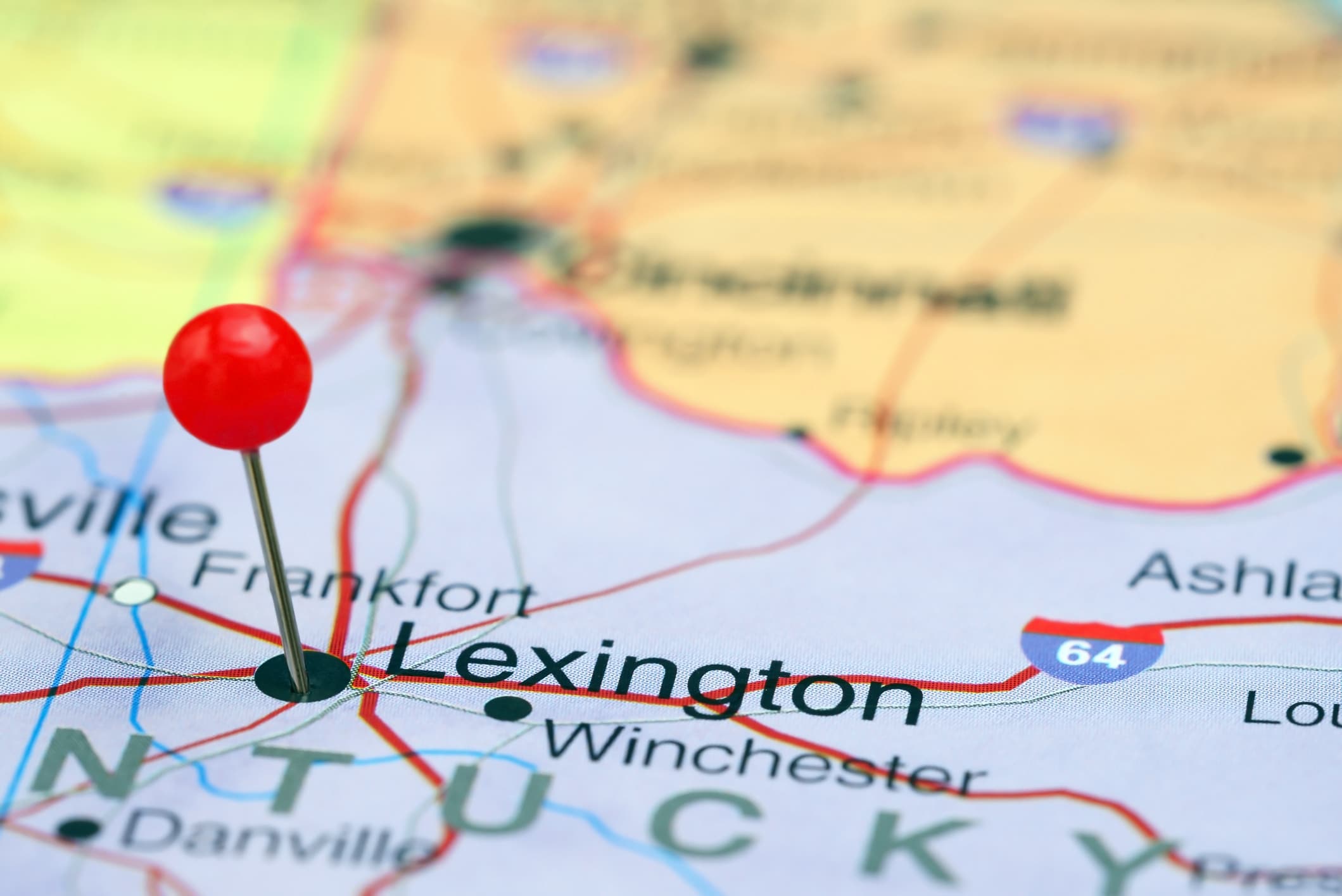
Fun Spring Break Ideas In Lexington Kentucky
Did you know that Lexington, Kentucky is the horse capital of the world? It is known for its many horse farms and race tracks, but that’s not all that Lexington…Read More

